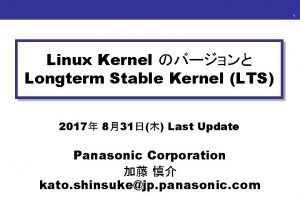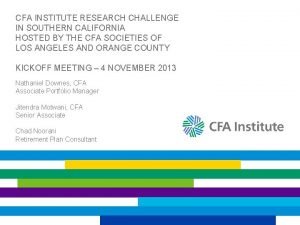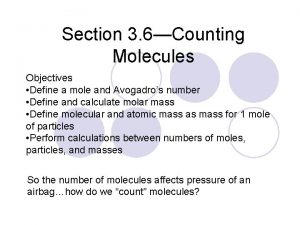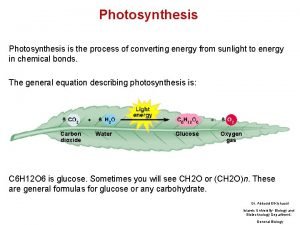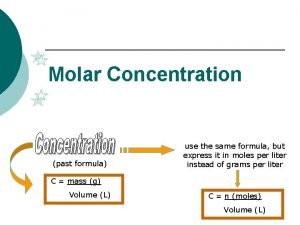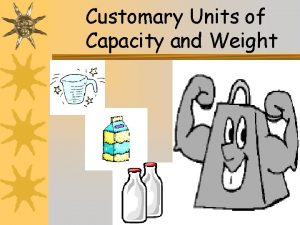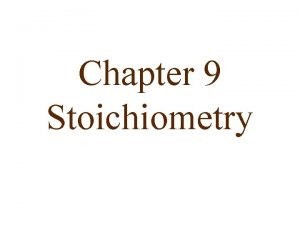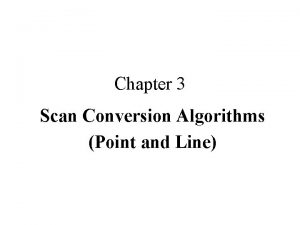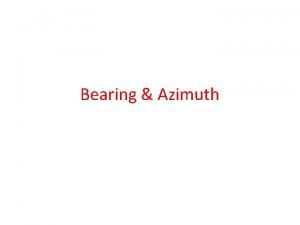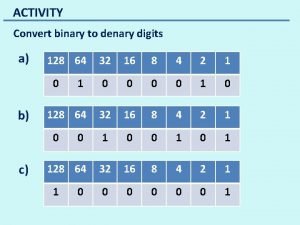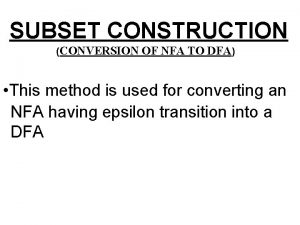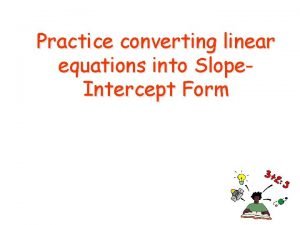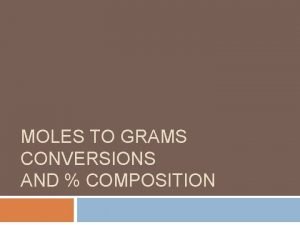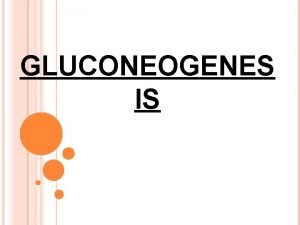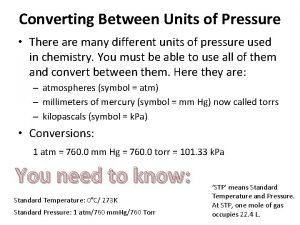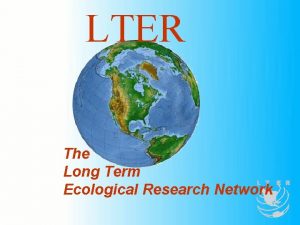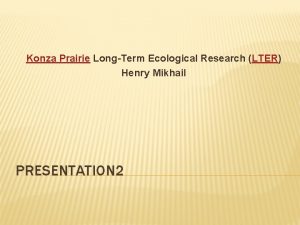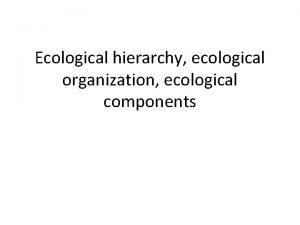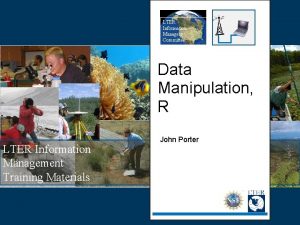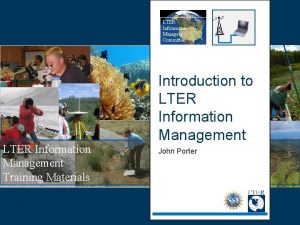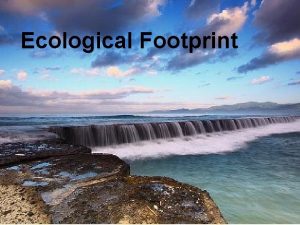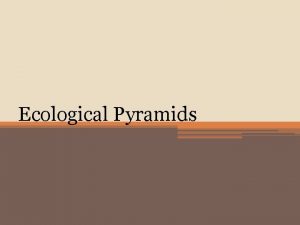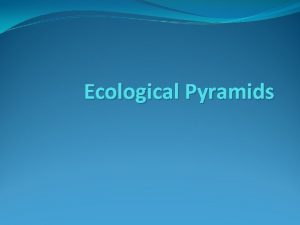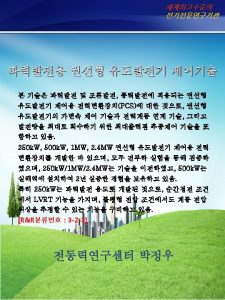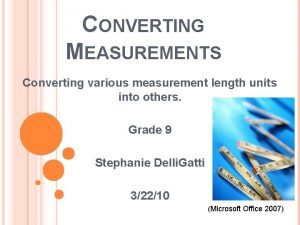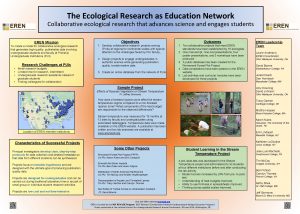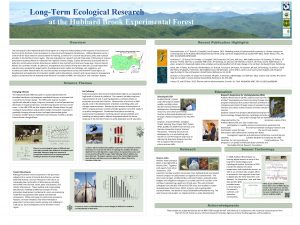Longterm ecological research LTER the challenge of converting




























- Slides: 28

Long-term ecological research (LTER): the challenge of converting long term monitoring into science Mark Williams, University of Colorado

Outline The need for long-term research Niwot Ridge LTER examples LTER program overview Recommendations for developing long-term research programs

Duration of all observational and experimental studies N = 623 Eighty percent of studies in the ecological literature last less than three years From Tilman, D. 1989. Ecological experimentation: strengths and conceptual problems. pp. 136 -157. In Likens, G. E. (ed). Long-Term Studies in Ecology. Springer-Verlag, New York.

Only 10 percent of studies capture unusual events Variable Unusual events reset systems. Short-term studies initiated before and after a rare event are viewing different system states. Time (yrs)

High-elevation areas are important bellwethers of global change: we need long-term research

Glaciate dvalley SADDLE

External Drivers: Temperature Increasing air temperature since early 1980’s Summer air temps warming fastest Earlier lake ice-out dates 5ºC increase in 25 years

External Drivers: Precipitation Greater precipitation with increasing elevation Increases in the winter months (more snow) Summer drought starting in 2000

External Drivers: N deposition • Increased rates of N deposition (wetfall) • N loading increases, despite drought

ARIKAREE GLACIER ROCK GLACIER D 1 CLIMATE GREEN LAKE 4 3, 600 m

Earlier Snowmelt 2 -6 days decade-1

Arikaree glacier is dying Drought Tipping point Arikaree Glacier: Mass balance (Bn), cm water equiv

N dep + warming T = N saturation N Critical load: Aquatic 4 Kg N/ ha/ yr Annual VWM concentrations of nitrate increase at all stream sites

Stoichiometric controls on Ncycling Scatterplot of NO 3 - vs. DOC: NO 3 - ratio for eight sites in Green Lakes Valley.

Chytrids Microbes in barren soils NWT similar to Himalayas Freeman et al. 2009

Saddle site


Saddle Grid 88 points every 50 meters -biweekly snow depth -annual NPP -annual species composition and coverage

Results: snow-based variables and vegetation changes 90 -97 Wilcoxon test Dir P-val Cover (%) Snowbed Moist meadows Sibbaldia procumbens NS 0. 109 Deschampsia cespitosa NS 0. 663 Geum rossii Kobresia Dry meadows myosuroides Fellfields Selaginella densa 97 -06 Trend Sen slope Snow period Wilcoxon test Dir Longer P-val Cover (%) Increase Decrease 0. 000 Trend Sen slope 0. 006 0. 009 0. 000 Snowmelt / Snowperiod Earlier / shorter Decrease 0. 000 Longer Increase 0. 000 Earlier / shorter Decrease 0. 025 Longer NS 0. 383 Earlier / shorter Randin talk earlier

how much N input does it take to produce a change in species composition? (= N critical load using biotic response) Addressed experimentally in species rich dry meadow, using additions of 2, 4, 6 g N/m 2/yr

species composition response: treatment x year P < 0. 01 Carex rupestris Treatment specific rate of change in cover similar response for Trisetum spicatum

Empirical estimation of N critical load for plant species responses in alpine dry meadows N Critical load: 10 -40 Kg N/ ha/ yr Whole community response

Woody Willow Encroachment

Feedbacks between willow encroachment and snow, temperature, and N Adapted from Sturm et al. 2001, Journal of Climate

Willow Encroachment Experiment Factorial manipulation of N (fertilizer), snow (snowfence), summer temperature (opentopped chambers), in all possible combinations + Addition of Salix glauca seedlings

Feedbacks to ecosystem processes (mg N/g soil/30 days) increases litter, N availability, and snow depth. These effects may accelerate encroachment Net N mineralization Willow encroachment Absent Present Willows

Advantages of long-term research • • Slow processes or transients Episodic or infrequent events Trends Multi-factor responses Processes with major time lags Leverage of experiments with long-term data Sites become research platforms – Attract other research projects/funding

 Kernel longterm
Kernel longterm York will end longterm solitary jails
York will end longterm solitary jails Teen challenge nottingham
Teen challenge nottingham Cfa institute research challenge 2018
Cfa institute research challenge 2018 Cfa research challenge report template
Cfa research challenge report template Cfa research challenge rules
Cfa research challenge rules Majed muhtaseb
Majed muhtaseb Moles to molecules
Moles to molecules Scan converting circle in computer graphics
Scan converting circle in computer graphics Photosynthesis is the process of converting
Photosynthesis is the process of converting Converting grams to moles
Converting grams to moles Molar concentration
Molar concentration Recurring decimal examples
Recurring decimal examples How to write decimals as mixed numbers
How to write decimals as mixed numbers It is a disease that prevents the body from converting
It is a disease that prevents the body from converting Prius c plugin
Prius c plugin Customary units of weight
Customary units of weight Conversion ladder
Conversion ladder Circle in computer graphics
Circle in computer graphics Stoichiometry grams to moles
Stoichiometry grams to moles Scan conversation
Scan conversation Azimuth to bearing
Azimuth to bearing 64+32+8+4+2+1
64+32+8+4+2+1 Nfa to dfa examples
Nfa to dfa examples Converting linear equations
Converting linear equations What is a positional number system
What is a positional number system Gram to mole conversion
Gram to mole conversion Phospoenol pyruvate
Phospoenol pyruvate Converting between units of pressure
Converting between units of pressure
